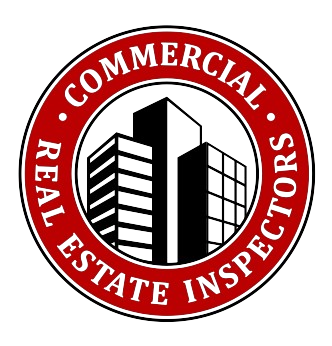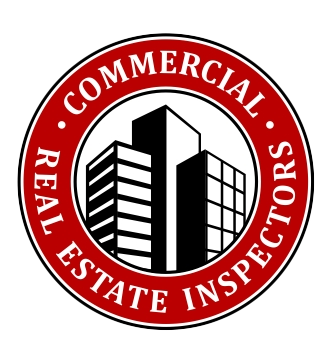Navigating the complexities of commercial real estate requires careful consideration of accessibility. ADA compliance is paramount, not only for creating an inclusive and welcoming environment for all customers but also for avoiding costly legal repercussions.
Before buying, selling, or renovating a commercial property, a thorough ADA compliance assessment is essential. Our experienced inspectors can identify potential barriers and guide you towards a seamless path to compliance.
By proactively addressing accessibility concerns, you demonstrate a commitment to inclusivity, enhance your brand image, and avoid costly fines and legal battles that can arise from non-compliance.
Contact Commercial Real Estate Inspectors today to schedule an assessment and ensure your commercial property meets all ADA requirements.
What is ADA?
The ADA stands for the Americans with Disabilities Act. This federal civil rights law prohibits discrimination against individuals with disabilities. Real estate and the renovations that building owners take to ensure accessibility for those who have disabilities play a significant role in the ADA.
ADA Compliance for Commercial Properties
ADA requires that all public areas be designed and constructed to allow people with disabilities to easily access and use the facility, including your commercial real estate property. This can include buildings such as retail stores, restaurants, hotels, offices, theatres, convention centers and more. If a property provides a service to the public, it must make readily achievable steps to ensure accessibility.
Common ADA areas:
- Accessible parking spots with appropriate signage
- Entrances with ramps, automatic doors, and wide enough door frames
- Elevators for multiple story buildings
- Accessible restrooms
- Service counters at an appropriate height
These steps towards ADA compliance are not just to meet regulations but to ensure that those who need these accommodations can be a part of your business as easily as anyone else.
Considering Renovations and Upgrades
The ADA strikes a careful balance between increasing access for people with disabilities and understanding the financial challenges of businesses trying to meet these standards. When considering renovations to your property, you should spend 20% of your budget on ADA compliance upgrades. This proportionate amount of your budget will allow you to not face hardships in your business, while still working towards accessibility for those with disabilities.
The ADA understands that existing buildings, especially older ones that may have been built before the ADA’s enactment, cannot make upgrades that are structurally impractical or put a hardship on the business. These renovations should be readily achievable and accomplished without much difficulty or expense to the company.
Your Next Steps Towards ADA Compliance
Before you buy, renovate, or sell your commercial property, ensure it's fully ADA compliant. When you hire Commercial Real Estate Inspectors to do your commercial real estate inspection, we can help advise you as to the best course of action for you and your building.
Don't risk costly fines or lawsuits. Contact us today for a comprehensive ADA compliance inspection and gain peace of mind knowing your business is accessible to all.


